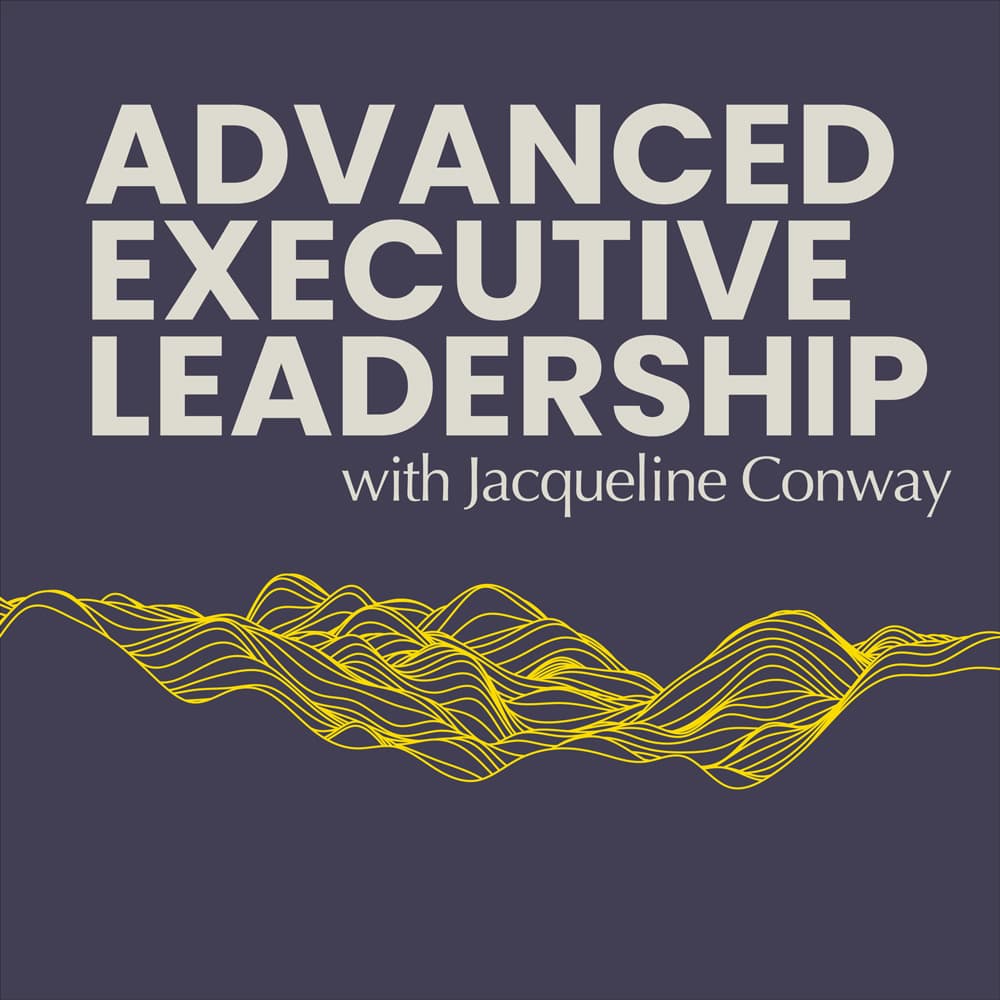Listen above to this podcast by clicking the play arrow above or alternatively click below…
Unless you’ve been on holiday to Mars you won’t have missed that we in the UK had a catastrophic ‘mini budget’ that effectively crashed the markets and the Bank of England had to step in to save our pension funds.
The Still Face Experiment
I want to tell you a quick story about an experiment that was done back in 1975.
It was created by the American Childhood psychologist, Edward Tronick and his colleagues and it’s called the Still Face Experiment.
They take an infant, about 1 year old and have the little one play with his or her mum. When this is happening well, you can see there’s a lot of eye contact, copying each other’s sounds, the child points and the mother looks to where the child points. Happy, smiley faces. All good.
But then— the experimenters have the mum withdraw all contact. She just sits there expressionless – hence the name – the Still Face Experiment.
At first the baby tries as usual to engage the mum: making sounds, pointing at things, reaching out for physical contact. But when the mum continues to sit there expressionless, effectively ignoring the child you can see it become increasingly distressed. The baby not only loses it emotionally — having what we might pejoratively call the ‘melt down’ — but physically, the baby stops being able to manage itself physically.
There are all kinds of psychological theories that have been developed or proven by this experiment but what it was about for me was ATTUNEMENT. How attuned the mother was to the baby and what happened when that attunement was fractured.
There’s a video example of the experiment on YouTube – I’ll put a link in the show notes – and it’s excruciating to watch.
After the experiment the mum consoles the child… I’ll say more about that a bit later.
So, what’s this got to do with executive leadership?
The Still Face Experiment came to mind quite a lot for me over the last few weeks, because… well, let’s think what’s been happening our wider society here in the UK.
Unless you’ve been on holiday to Mars you won’t have missed the in the UK we had a catastrophic mini budget that effectively crashed the markets and the Bank of England had to step in save our pension funds. This was not a small issue.
What happened to the money markets wasn’t just because the tax cuts that were announced were unfunded. To my mind it was also because they were so out of touch with what was going on in our wider society. The markets knew it just wouldn’t wash.
I’m often heard saying “Context is Everything” and that’s as true for me today as it has always been.
The situation we found ourselves in meant that the mini budget announcement was utterly un-attuned to what was going on in society.
The organisation that you lead is nested within a society and that society is currently under strain. That puts the issue into your in-tray.
With a cost-of-living crisis, people in our community are literally having to make choices about whether to heat or eat.
When I say people in our community – what I actually mean – is people in YOUR community. In YOUR company. That’s the community I’m speaking of.
The people that you rely on to deliver your services are under an enormous amount of stress and pressure as they are squeezed financially from multiple places. With inflation over 10% in the UK everyone will experience the pain of this, but the fact is, as an executive leader you’ll be ameliorated from much of this distress. Like many people on higher incomes, you may not have noticed the price increases in your weekly shop.
And this is precisely where the danger lies.
Where the danger lies
It seems to me that executive leaders will be tested this season in a subtle but very profound way. Because if you respond with a lack of attunement – with the equivalent of a Still Face – the consequences for your business could be dire.
As an executive, you won’t be needing to reminded to be attuned to your shareholders. That will likely be wired into how you think.
But as a leader your role is to try to create just outcomes for all of your stakeholders. Gone are the days when shareholder value was the only thing that mattered.
The deeper structural patterns playing out in the wider society this autumn and winter will tend to show up as ISSUES and that’s the level that we tend to deal with them on.
The cost-of-living crisis may very well show up as a PAY ISSUE and you may already be tackling it at that level. If you’re like many organisations where there’s collective representation and you receive an initial pay demand in the double figures, some examples I’ve heard are 15, 16, 17% – then your starting position may be one where you are combative as you determine that that sort of figure isn’t even remotely feasible.
But beware, because there’s two separate things at play here. If we step away from the ISSUE and see this systemically, the ways we may typically go about tackling an industrial relations issue like this may actually exacerbates the problem. Because a combative response that low in empathy may result in a response that’s blindsight’s you.
It seems to me that you need to find a way to SHOW you’re attuned to what people are going through in a way that is workable across myriad stakeholders. It will take a creative and sensitive dialogue to co-create a set of solutions like that.
But it IS possible. Some of the clients that I’m working with have put forward highly creative ways to be attuned to what people are going through this winter without it necessarily meaning an ad infinitum increase to base pay across the entire working population.
History matters
Finding such a solution will depend on how attuned you’ve been in the past.
History matters.
Let’s return to the Still Face Experiment.
Immediately afterward the mother has the still face, and when the experiment ends, the mother needs to show warmth again. There needs to be some repair done by the mother to the infant and to simply console the child.
But here’s a fascinating fact. When the experimenters went back and repeated this experiment with the same infants they found that the infants who had experienced the Still Face weeks and sometimes even months before, were much more sensitive to a break in attunement and became distressed much more quickly than those who experienced it for the first time.
The babies had internalised the lack of attunement and were more sensitive to it.
I believe that when your people watch to see how executive and other leaders behave during this autumn and winter, they’ll be much more sensitive to a break in attunement if that’s what’s happened before. Once bitten, twice shy.
If your leadership has in the recent past been criticised for a lack of empathy, if, for example, you have very low staff engagement, then there will be more scrutiny and scepticism in what you suggest as help for your people.
How do you become attuned
In the research that we published earlier this year on the ways of thinking, acting and being that executives must become fluent in to lead well in today’s complexity and disruption, the need for ethical fluency is unequivocal.
Attunement is a precursor to becoming ethically fluent.
It’s easy to assume that ethical problems are a straightforward case of right and wrong. Stay within the law, stick within the regulatory framework or the compliance guidelines. But many of the ethical challenges that executive leaders face are much more nuanced than this. Ethical dilemmas are entangled, interwoven, messy.
Many corporate failures can be traced to a collapse in ethics.
Given what’s at stake, and that executive teams are confronted with ethical dilemmas and decisions both big and small on a regular basis, the ability to deal with them thoughtfully and with rigor is an important collective competency within the C-suite.
Executive leaders set the tone for ethical behaviour – or its lack thereof. Through forms of social contagion, the decisions that leaders make and the behaviours you display will influence what becomes acceptable norms – even if they run counter to what’s set out in policies, and procedures.
If you have a set of values that’s about One Team, or Taking Care of Each Other or some such, this is where the rubber hits the road. Values statements etched into windows and doors mean nothing if they are ignored by leaders. Your people will work out what your true values are.
These sorts of ethical challenges or dilemmas happen at what’s sometimes referred to as the ‘ethical edge’ – the line where the law no longer guides us, leaving us only with ethics to inform our decision making. Rather it requires the practical application of our values, morals and assumptions about what and who is deserving and who as a team you are there to serve. Have you and your executive colleagues asked yourselves that recently?
To do so well requires leaders to operate from a level of relational maturity where hard truths can be surfaced and shared. It points to a sophisticated level of adult development.
Consistent ethics leads to an increase in leadership effectiveness and trust because they are based on self-awareness and empathy for others. Working diligently on ethical challenges both requires a certain level of internal moral structure and it also develops the leader towards an increasingly effective and expansive capacity to do so.
Like any muscle, it will become stronger with deliberate practice and consistent use.
And now more than ever, executive leaders are being asked to exercise that muscle.
Subscribe to Waldencroft Podcasts…
What’s required from Executive Leaders has changed. Find out how executive leaders and executive teams can survive and thrive in our disrupted world. Interviews with CEOs and insights from Waldencroft’s Dr Jacqueline Conway.
By Jacqueline Conway…
Dr Jacqueline Conway works with CEOs and executive teams as they fully step into their collective enterprise-wide leadership, helping them transform their impact and effectiveness.
Jacqueline is Waldencroft’s Managing Director. Based in Edinburgh, she works globally with organisations facing disruption in the new world of work.


